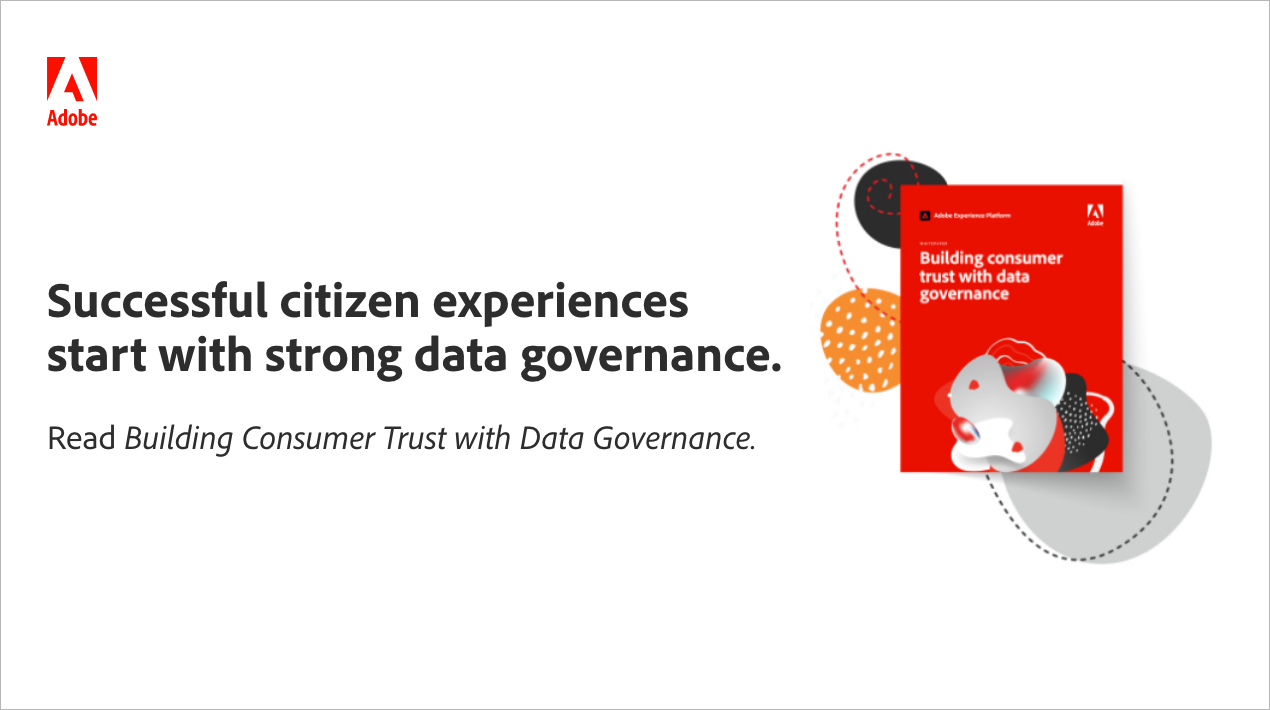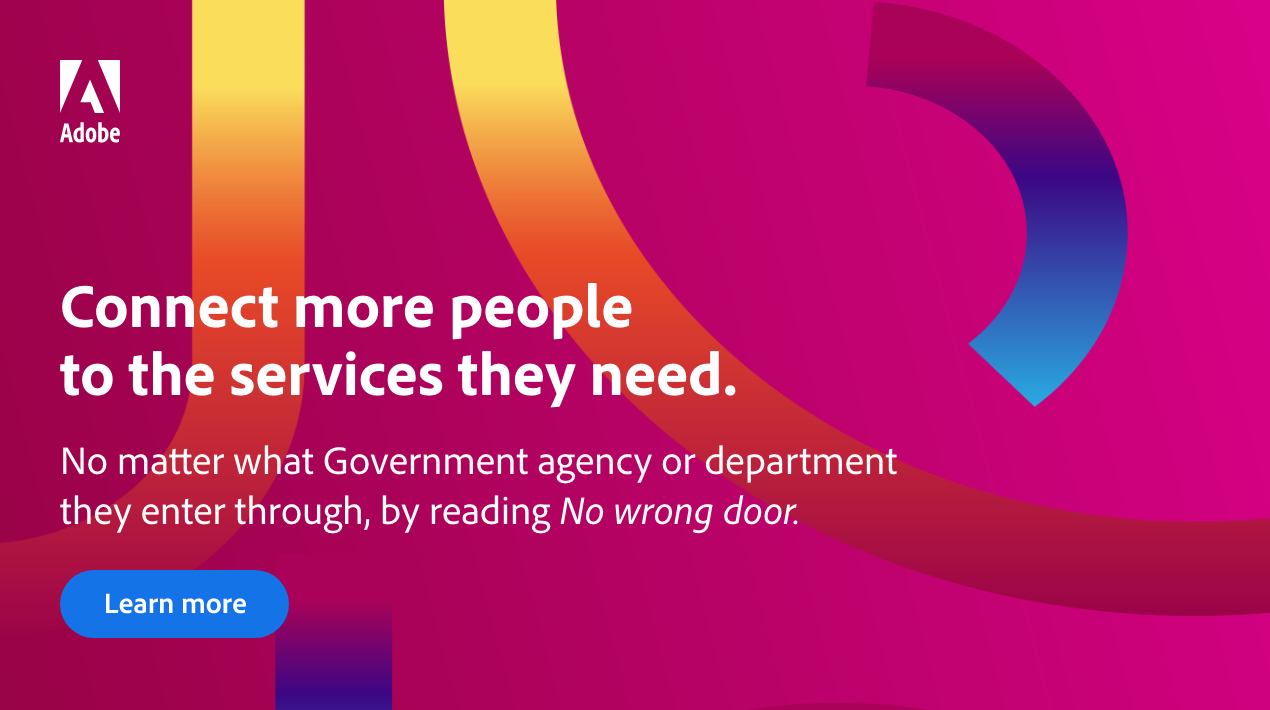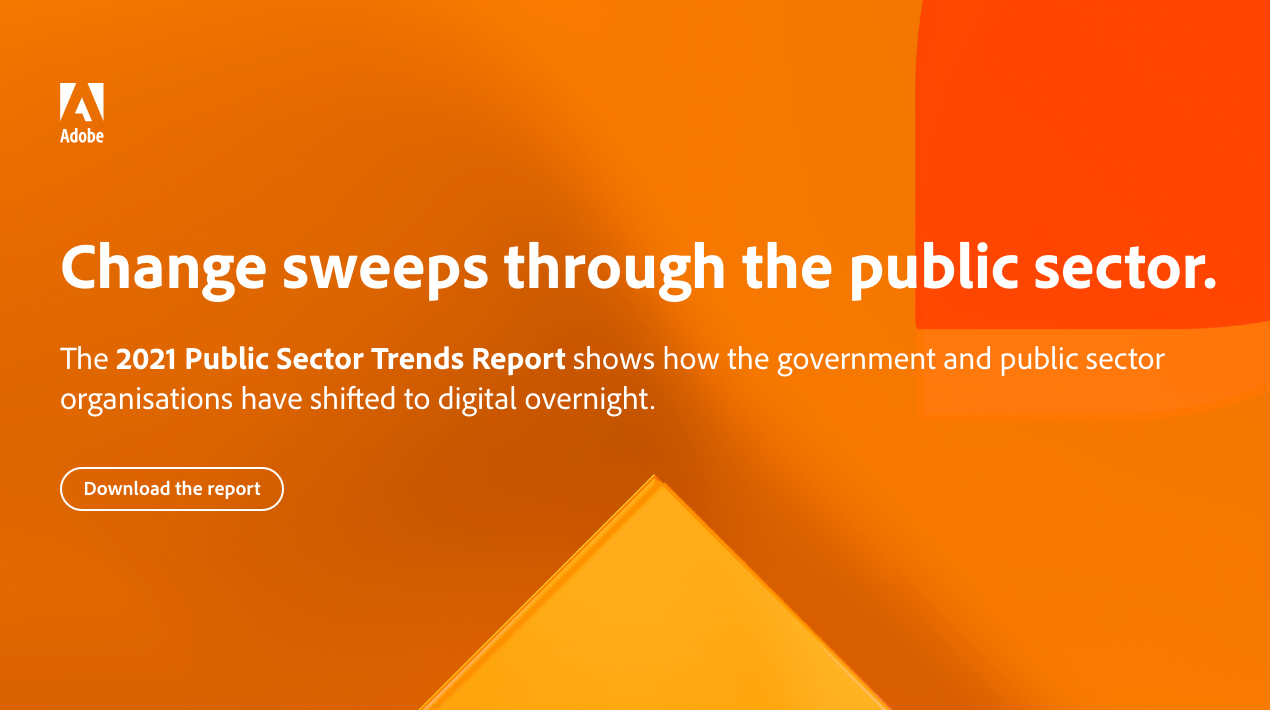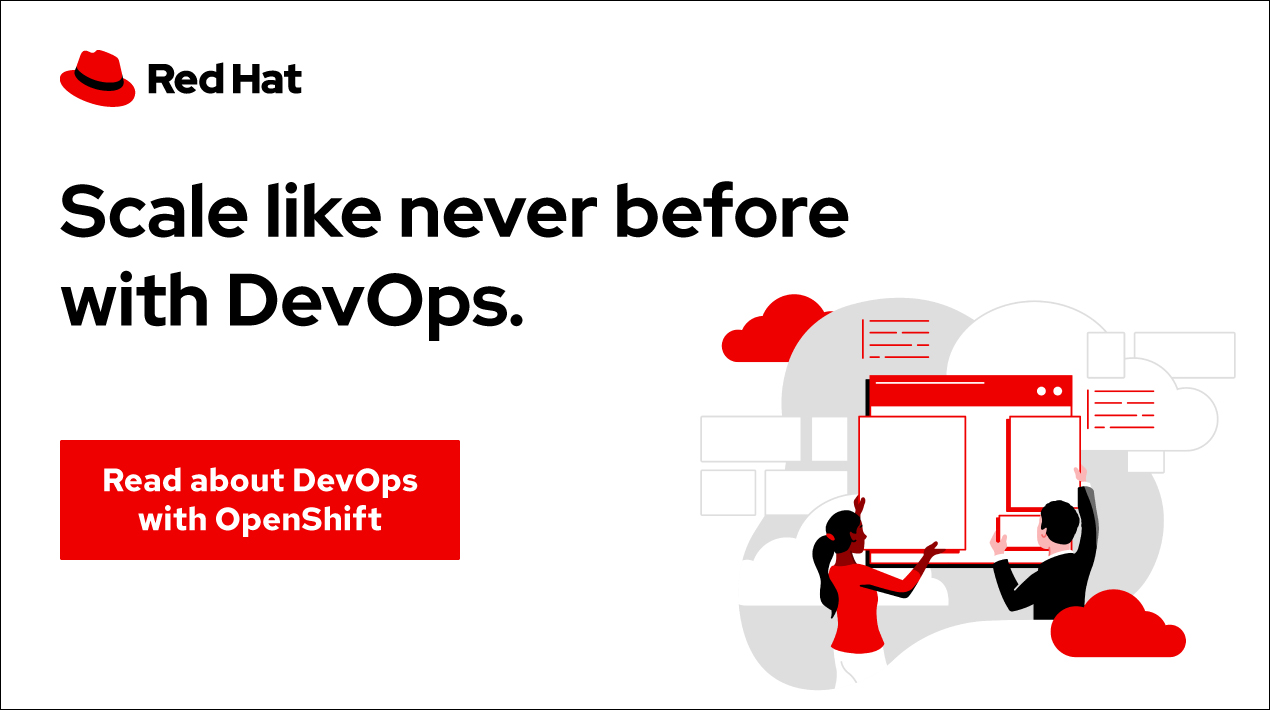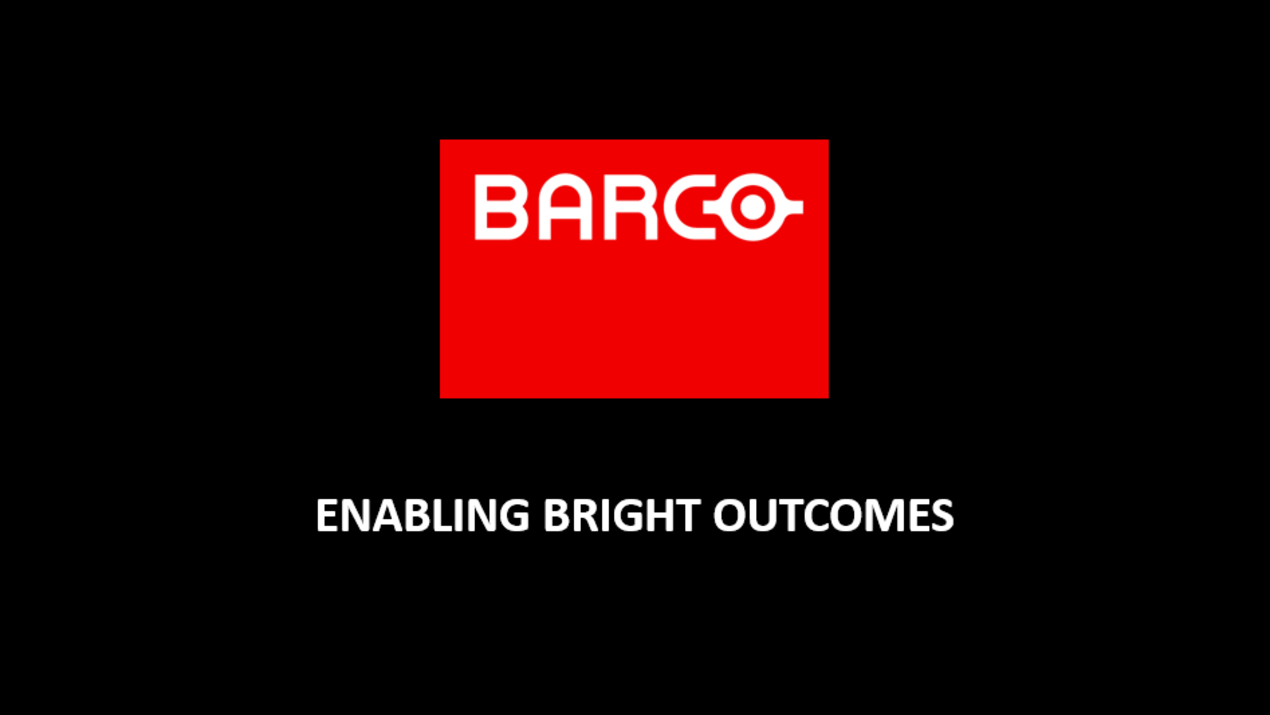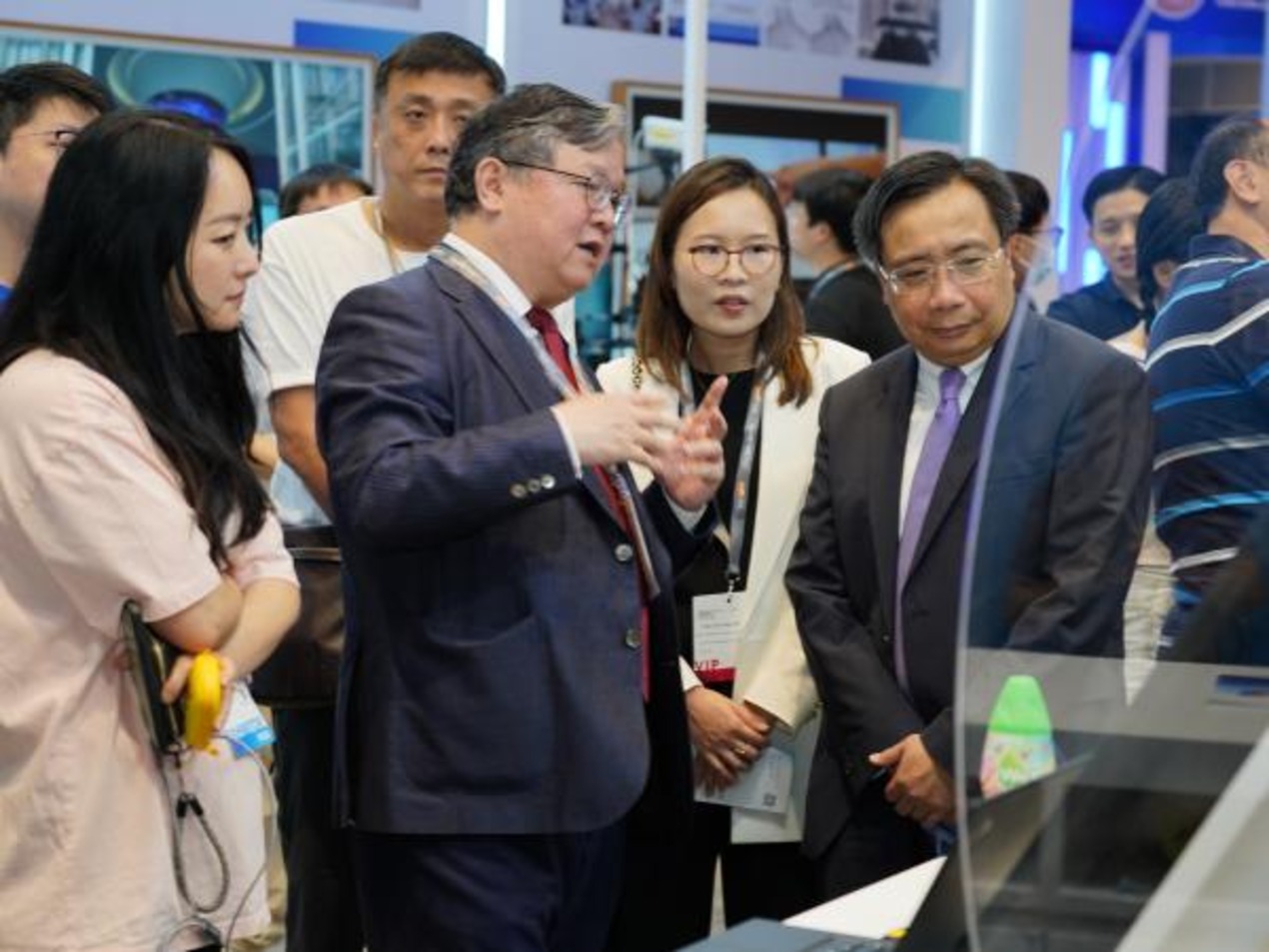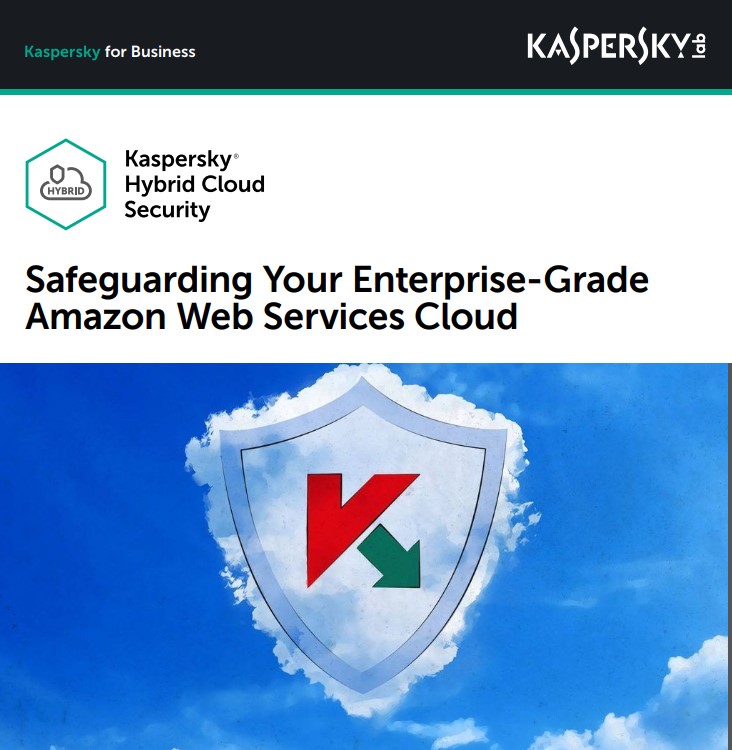
Public and managed clouds are now a part of the enterprise IT landscape. What’s new is an increasing recognition that public clouds like Amazon Web Services (AWS) have matured to the point that they are ready to handle even business-critical workloads.
These capabilities will have an impact on the security vision of enterprise organizations, and the construction of their IT strategies. How will the IT infrastructure scale and evolve over the next three to five years? How can the best use be made of the capabilities of public and managed clouds, while ensuring that the resulting hybridized infrastructure remains reliable and, above all, safe?
Cybersecurity incidents continue to be a huge concern, with increasing numbers of large organizations suffering the financial, reputational, and sometimes legal consequences. Corporate security must be agile and intelligent enough to fight against current and future threats, and must also have the scalability and the flexibility to adapt and evolve alongside your hybridized cloud environment, incorporating both public and private cloud functionalities.




